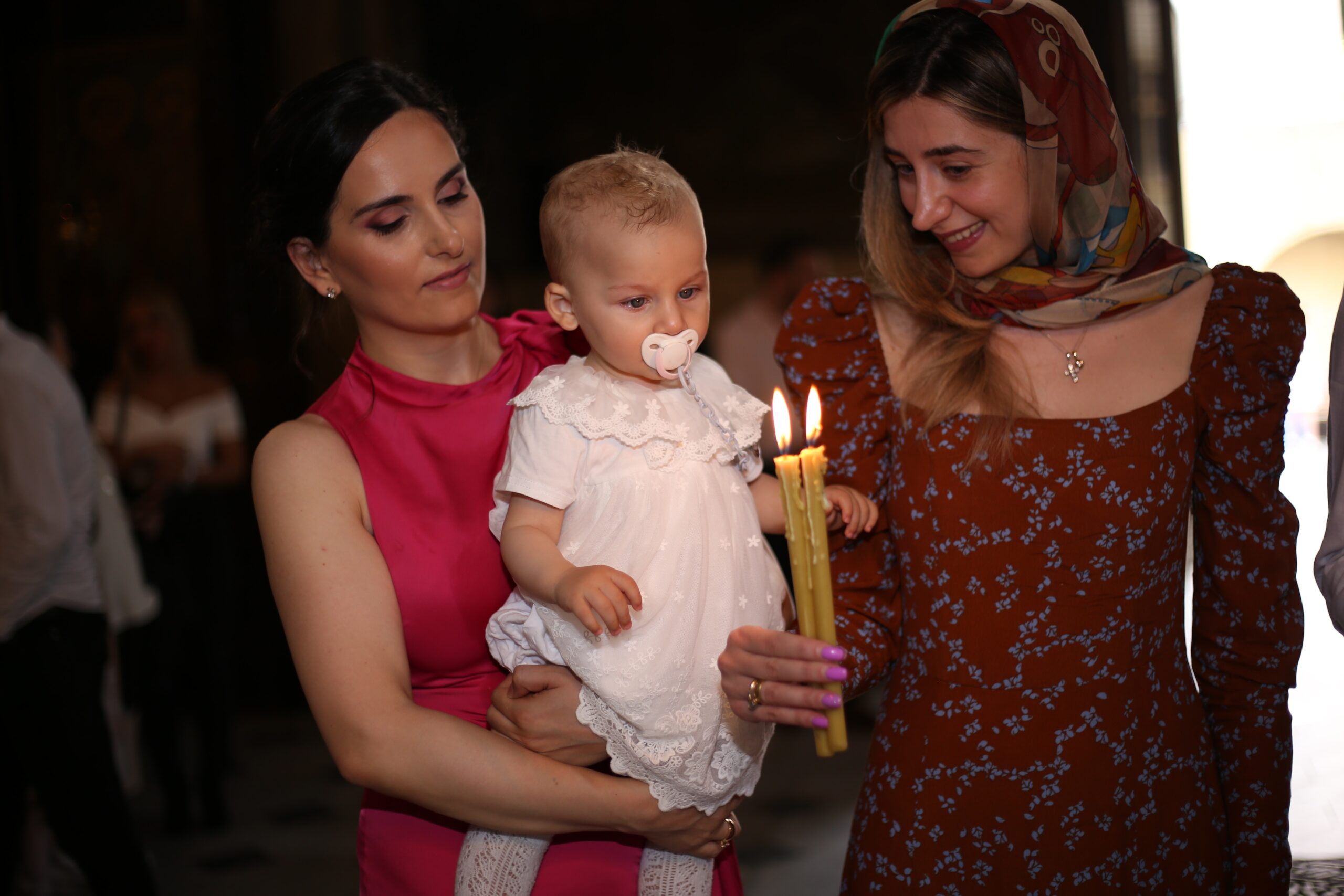Blending Holiday Traditions as a Multi-Faith Family

In a diverse country like Canada, it is common for couples in multi-faith partnerships raising children to practice more than one religion. Over the busy winter holiday season, celebrating or blending holiday traditions as a multi-faith family may be challenging. Families may also have to navigate holiday preferences by their children or manage different demands or expectations from extended family members.
Whether you and your family celebrate Christmas, Hanukkah, Bodhi Day or another winter holiday, here are some tips to help you prioritize what’s important, blend traditions or create new and unique ones.
How to create a harmonious holiday as a multi-faith family
Talk About It
The first step to a harmonious holiday is for both partners to establish what parts of the holiday are most important and what you would like to pass onto your children. This step will help you prioritize traditions and events together, decide how they will be carried out within your family unit and navigate the time spent with extended family and friends. A respectful and open conversation will also make sure that no feels like their beliefs or culture have been pushed aside. How strongly each partner feels about their own faith and traditions will lead this discussion.
You may also want to talk to other extended family members to prepare them for some of these adaptations as issues can arise with family who have different views or expectations. And like all plans, expect that things may change when your children start to make decisions about their own future and faith.
Celebrate Separately
You and your partner may decide to celebrate each holiday separately, and at different times. This will make sure that your holidays don’t get lost in each other, especially if the dates overlap. To find a balance and discourage competition between holidays, you may want to first do your holiday dinner, religious events, activities and decorations for one holiday. Then, start fresh for the next one.
Depending on your beliefs and comfort level, it can be very helpful to actively participate in, or even take on, some of your partner’s traditions. For example, the parent who doesn’t celebrate Christmas may be the one who leads the Christmas tree decorating each year. This will help send a message to your children to recognize and value all beliefs and traditions.
Find Commonalities
Winter holidays often share many of the same themes—food, music, lights, family and togetherness, for example. Identifying commonalities will help you find ways to honour multiple holidays in a connected way. This is also great chance to talk about the history, meaning and purpose behind the traditions that you follow. Most holidays also encourage acts of kindness, so volunteering somewhere together as a family or supporting those in need over the season can be impactful ways to celebrate.
Create Something Unique
For other families, blending holidays and traditions into one celebration is more manageable. You could host a holiday meal with dishes from both sides, decorate your home with elements from each holiday and plan activities that support the spirit of both traditions. For example, one blended holiday that is gaining popularity is a ‘Chrismukkah’ event.
This could involve: serving a turkey with potato latkes, featuring ‘gingerbread’ houses made of matzo, displaying an interfaith-themed menorah and having a holiday tree decorated with blue and white lights. Pick and choose your favourite parts of both holidays and have fun! Blended holidays are a great opportunity for multi-faith families to honour what makes their love special and to teach children to appreciate and celebrate diversity.
Merging traditions or making new ones altogether can be beautiful. But it will take some trial and error. Remember that whether you observe your traditions, your partner’s traditions, both, or neither, this is something that all families have to navigate—even when partners share the same religion. Compromise, communication and respect are critical to a holiday season filled with love, joy and light.
If you enjoyed this article, you may also like to read:
